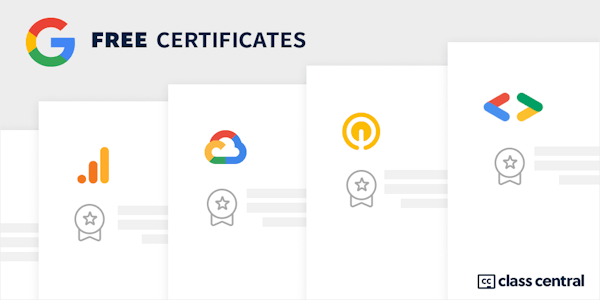Class Central Tips
This is the fourth of seven courses in the Google Advanced Data Analytics Certificate. In this course, you’ll discover how data professionals use statistics to analyze data and gain important insights. You'll explore key concepts such as descriptive and inferential statistics, probability, sampling, confidence intervals, and hypothesis testing. You'll also learn how to use Python for statistical analysis and practice communicating your findings like a data professional.
Google employees who currently work in the field will guide you through this course by providing hands-on activities that simulate relevant tasks, sharing examples from their day-to-day work, and helping you enhance your data analytics skills to prepare for your career.
Learners who complete the seven courses in this program will have the skills needed to apply for data science and advanced data analytics jobs. This certificate assumes prior knowledge of foundational analytical principles, skills, and tools covered in the Google Data Analytics Certificate.
By the end of this course, you will:
-Describe the use of statistics in data science
-Use descriptive statistics to summarize and explore data
-Calculate probability using basic rules
-Model data with probability distributions
-Describe the applications of different sampling methods
-Calculate sampling distributions
-Construct and interpret confidence intervals
-Conduct hypothesis tests





